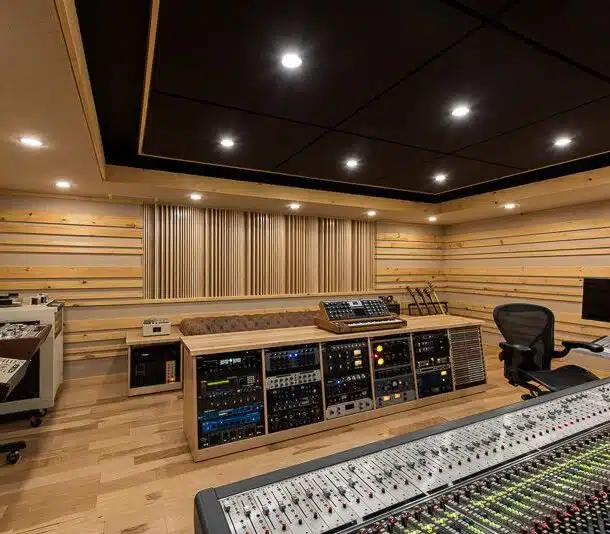
Ultimate Guide: Best Soundproofing Materials
Introduction
In a world filled with noise pollution, finding peace and quiet within our homes and workspaces has become increasingly important. Soundproofing materials offer an effective solution to minimize the transmission of unwanted noise. Whether you’re dealing with traffic sounds, loud neighbors, or the bustling activity of a busy street, choosing the right soundproofing materials can make a significant difference. In this ultimate guide, we will explore some of the best soundproofing materials available and their applications.
Best Soundproofing Materials
Acoustic Foam Panels
Acoustic foam panels, also known as soundproof foam or sound-absorbing foam, are a popular choice for controlling sound reflections and reducing reverberation within a room. They are frequently found in music practice rooms, home theatres, and recording studios. Acoustic foam panels are lightweight and easy to install, making them an ideal choice for DIY soundproofing projects.
Vinyl Mass Loaded (MLV)
Sound is efficiently blocked by the dense, flexible material known as mass loaded vinyl. It is frequently utilized to soundproof ceilings, floors, and walls. To provide a noise barrier against airborne noise, MLV can be put underneath plasterboard or positioned in between layers of building materials. It is an adaptable soundproofing material with superior noise reduction capabilities.
Fiberglass Insulation
Fiberglass insulation is a widely used and readily available material that not only provides thermal insulation but also helps in soundproofing. Its dense composition helps absorb sound vibrations, reducing noise transfer between rooms. Fiberglass insulation is commonly used in walls, ceilings, and floors to improve the soundproofing capabilities of a space.
Green Glue
Green Glue is a viscoelastic compound that effectively reduces sound transmission through walls, floors, and ceilings. It comes in the form of a sealant or a damping compound and is applied between layers of building materials. Green Glue converts sound energy into heat, helping to block the transfer of airborne and impact noise. It is an excellent choice for new construction projects or retrofitting existing structures.
Soundproof Curtains
If you’re looking for a temporary soundproofing solution or want to enhance the existing soundproofing measures in a room, soundproof curtains are a convenient option. These curtains are made of heavy, dense materials with sound-absorbing properties. They can be hung on windows or used as room dividers to reduce external noise infiltration and improve the acoustic environment.
Conclusion
When it comes to soundproofing, selecting the right materials is crucial to achieve the desired level of noise reduction. The choice of soundproofing material depends on various factors, including the type of noise you’re dealing with, the application area, and your budget. Acoustic foam panels, mass loaded vinyl, fiberglass insulation, Green Glue, and soundproof curtains are just a few examples of the wide range of soundproofing materials available in the market.
It’s important to consider the specific requirements of your space and consult with professionals or acoustic consultants to determine the most suitable soundproofing materials for your needs. With the right soundproofing materials and proper installation, you can create a peaceful and quiet environment, free from the disturbances of external noise. Whether you’re aiming to improve the acoustics of a home theater or seeking tranquility in your bedroom, investing in high-quality soundproofing materials is a worthwhile endeavor.


